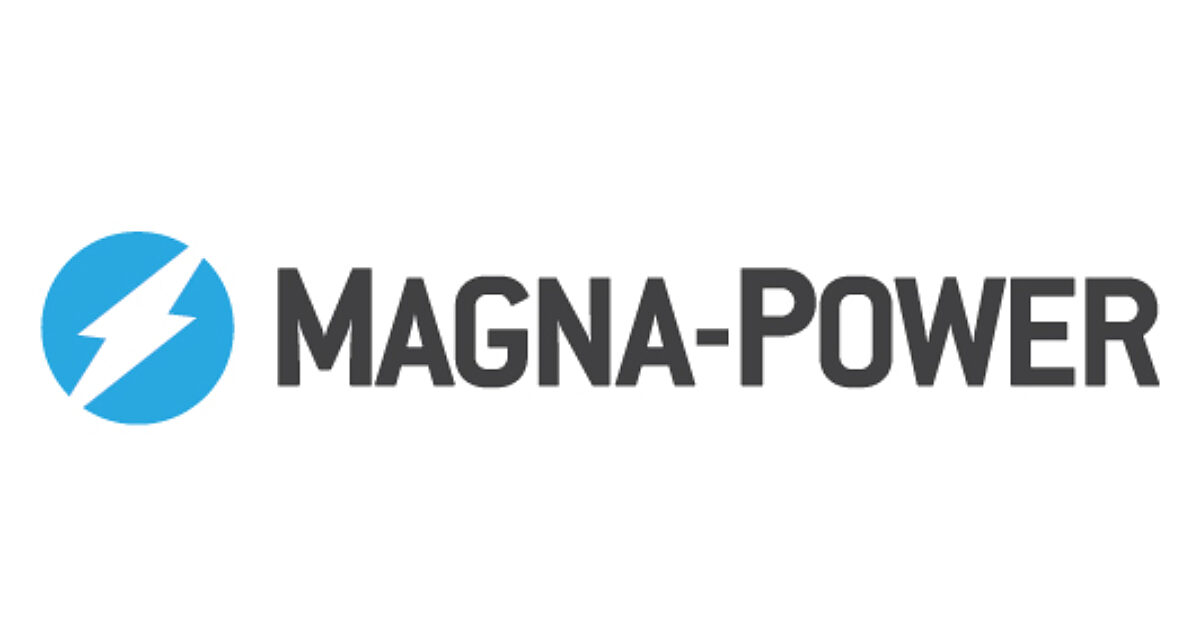One of the locals I talk to every morning purchased a 150 amp transformer power supply to run his linear amplifiers.
The problem is this power supply puts out 20 volts and we need to get it regulated down to around 15 volts.
What is the best way to do this?
The problem is this power supply puts out 20 volts and we need to get it regulated down to around 15 volts.
What is the best way to do this?

